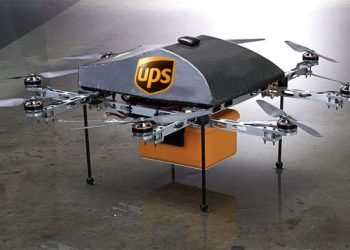By Maria Kalamatas
March 5, 2025 – The Logistic News
The Full Truckload (FTL) market is poised for substantial expansion, with industry forecasts projecting it to reach $3.7 trillion by 2030, growing at a 3.5% compound annual growth rate (CAGR). This growth is being fueled by e-commerce demand, advanced digital freight technologies, and sustainability-driven logistics innovations.
Tech-Driven Transformation in FTL Logistics
The trucking industry is undergoing a major shift towards digitalization, with key technological advancements shaping the FTL sector:
- AI-powered route optimization, reducing fuel consumption and improving delivery speeds.
- Cloud-based freight management systems, enabling real-time tracking and load matching.
- Autonomous and electric trucks, accelerating the push toward sustainable transportation.
- IoT-enabled fleet monitoring, enhancing predictive maintenance and operational efficiency.
A logistics executive told The Logistic News: “The FTL sector is evolving rapidly, driven by the need for smarter, more efficient freight solutions. Companies that embrace digitalization will lead the market.”
Key Drivers of FTL Market Growth
Several critical factors are propelling the expansion of the FTL industry:
- Booming e-commerce demand, increasing the need for direct-to-consumer freight solutions.
- Rising fuel and operational costs, pushing companies toward automated and optimized logistics.
- Stronger cross-border trade agreements, leading to higher freight volumes.
- Sustainability mandates, encouraging the adoption of green trucking alternatives.
The integration of AI and digital freight marketplaces is expected to enhance efficiency and reduce cost variability, giving FTL providers a competitive edge in global supply chains.
Challenges Facing the FTL Industry
Despite its promising growth, the FTL market faces challenges that could impact its long-term success:
- Driver shortages, necessitating further investment in autonomous trucking solutions.
- Supply chain disruptions, requiring greater resilience in freight planning.
- Infrastructure limitations, as outdated road networks struggle to handle increasing truck volumes.
- Regulatory compliance, with governments imposing stricter carbon emissions policies on freight operators.
However, experts believe that investment in smart logistics and AI-driven fleet management will help overcome these hurdles.
What’s Next for Full Truckload Logistics?
As the industry moves toward a more connected and automated future, we can expect:
- Wider adoption of electric and hydrogen-powered trucks, reducing emissions in long-haul freight.
- More collaborations between logistics tech startups and traditional carriers, fostering innovation.
- AI-driven freight pricing models, optimizing cost efficiency in volatile markets.
- Stronger investment in last-mile delivery solutions, ensuring seamless supply chain integration.
With market forces and digital disruption shaping the next era of trucking, the FTL sector is on the brink of a logistics revolution that will redefine freight transportation worldwide.
For more exclusive insights on the future of trucking and global supply chain trends, stay connected with The Logistic News.























